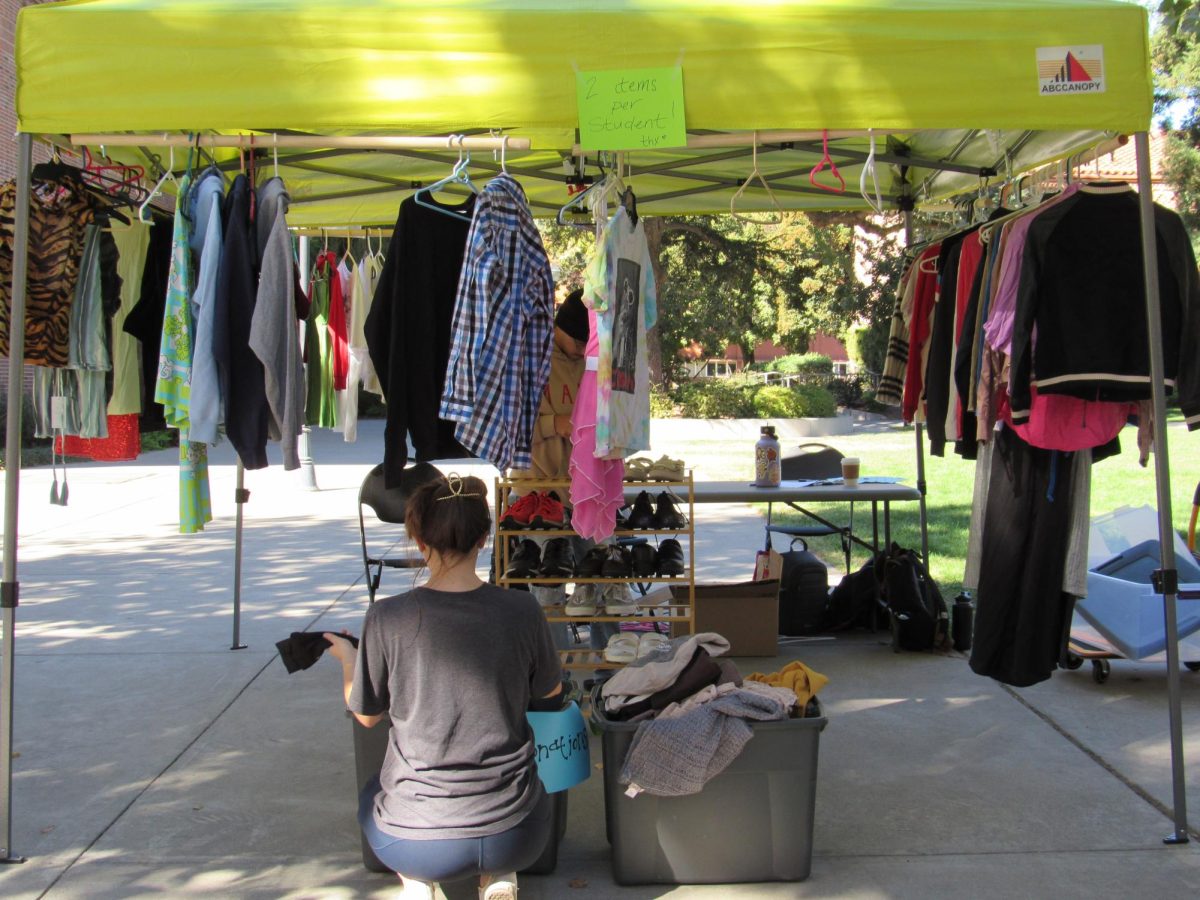
Let’s face it — some recipes are straight-up daunting.
While the issue of ingredient lists that go on for days can be tackled though smart planning and a well-stocked pantry, vague cooking instructions leave us lost in the kitchen, resorting to takeout.
But don’t be afraid. Cooking lingo might sound fancy, but really it’s just describing a way to turn food from something good into something better. Even if you don’t cook, dropping terms like these will make you sound like you know your business in the kitchen.
Sauté
A term we’ve seen thousands of times but still don’t exactly know what it means. To properly sauté, use a large pan and shake the handle to keep the food moving.
To improperly sauté — and probably get the same result — push the vegetables around every once in a while with a wooden spatula. That’s what I do.
Simmer
The difference between a simmer and a boil is all in the bubbles. Big, roaring bubbles indicate your water is boiling and ready for pasta. Simmering happens at a lower temperature, where you can see smaller bubbles.
It’s essentially the cruise control setting on your rice or soup — warm enough to continue cooking but cool enough not to avalanche over the edge.
Poach
Quite possibly the most intimidating cooking term of all time: the poached egg, the poached salmon — way too daunting for any home cook. But not so.
Poaching simply means to gently cook a food in water at a temperature lower than a simmer. There should be barely any bubbles.
Sear
If there was ever an erotic cooking term, this would be it. Hot and fast for ultimate flavor.
Get your pan scorching hot, add a thin layer of oil (remember to use a high smoke point variety like sunflower or peanut), throw in your meat — but give each piece some room to breathe — and let it brown, baby, brown.
Broil
Most ovens contain the broiling feature, and it’s sadly overlooked. Broiling means to cook a food with one side facing intense heat or flame to yield a crisp surface.
It’s like having a safe indoor grill, hopefully without the smoke. Foods that take well to broiling are lean meats such as chicken breasts and thin vegetables like asparagus or thinly sliced sweet potato chips. Just brush them with olive oil, sprinkle with salt and stick ‘em under the flame.
Deglaze
Browning meat often leaves crispy bits on the bottom of the pan, and they should not be left there to burn. Deglazing is simply the act of rescuing these precious browned bits of flavor by adding an acid. They come right off.
After you’ve browned your meat, simply splash some wine, vinegar or stock into the pan and scrape up those scraps of deliciousness. Your sauce will thank you.
Grace Kerfoot can be reached at [email protected] or @gracekerf on Twitter.









